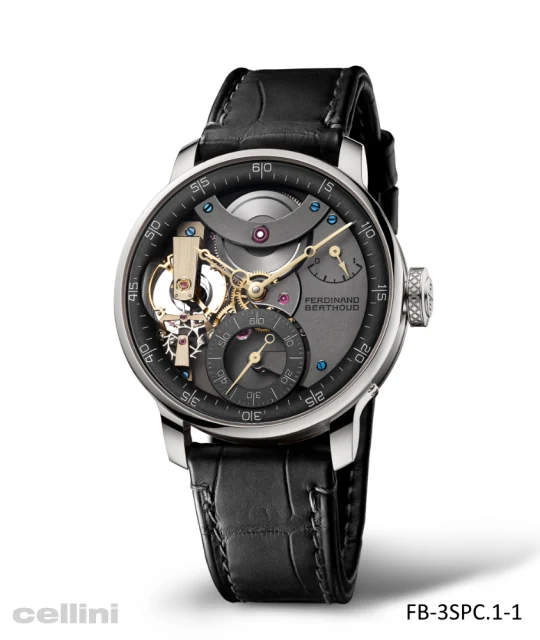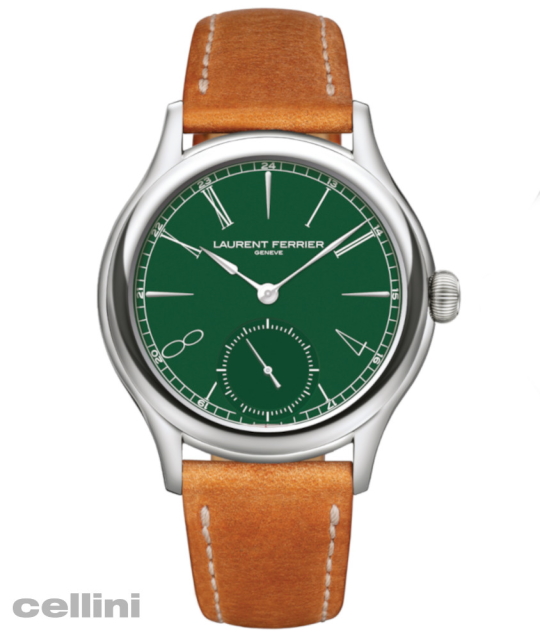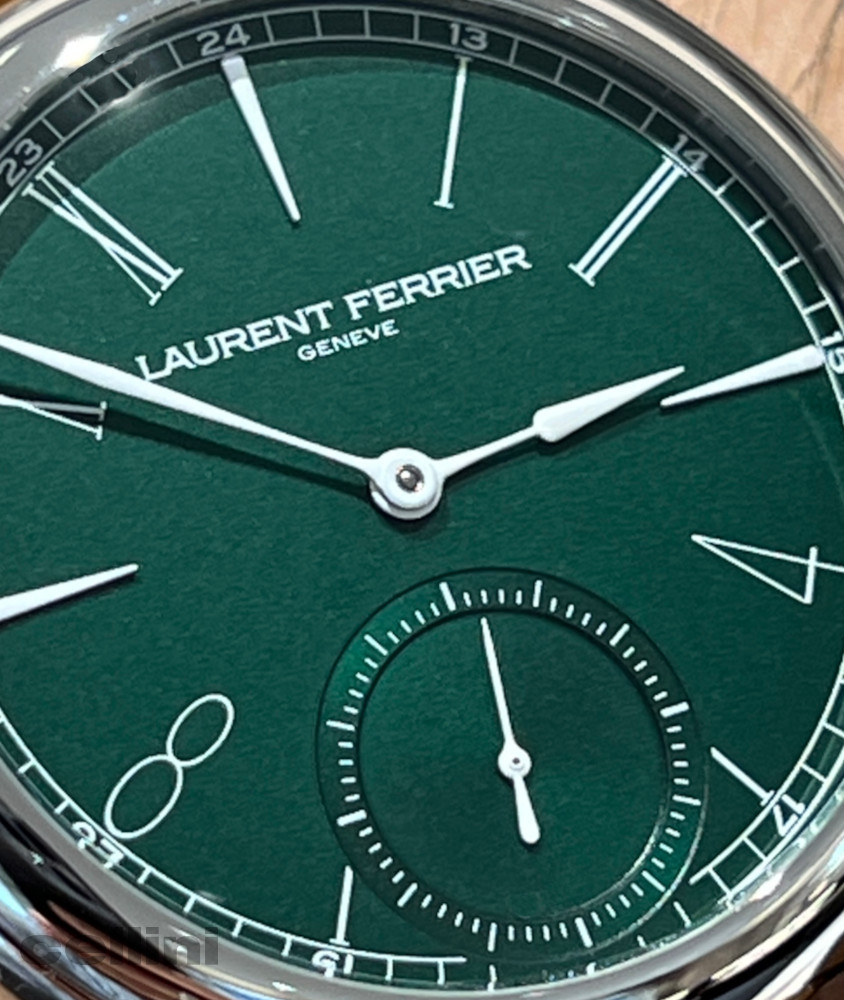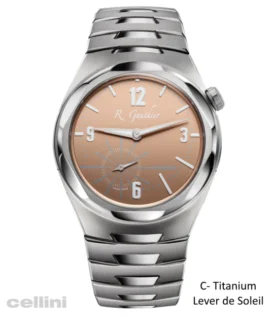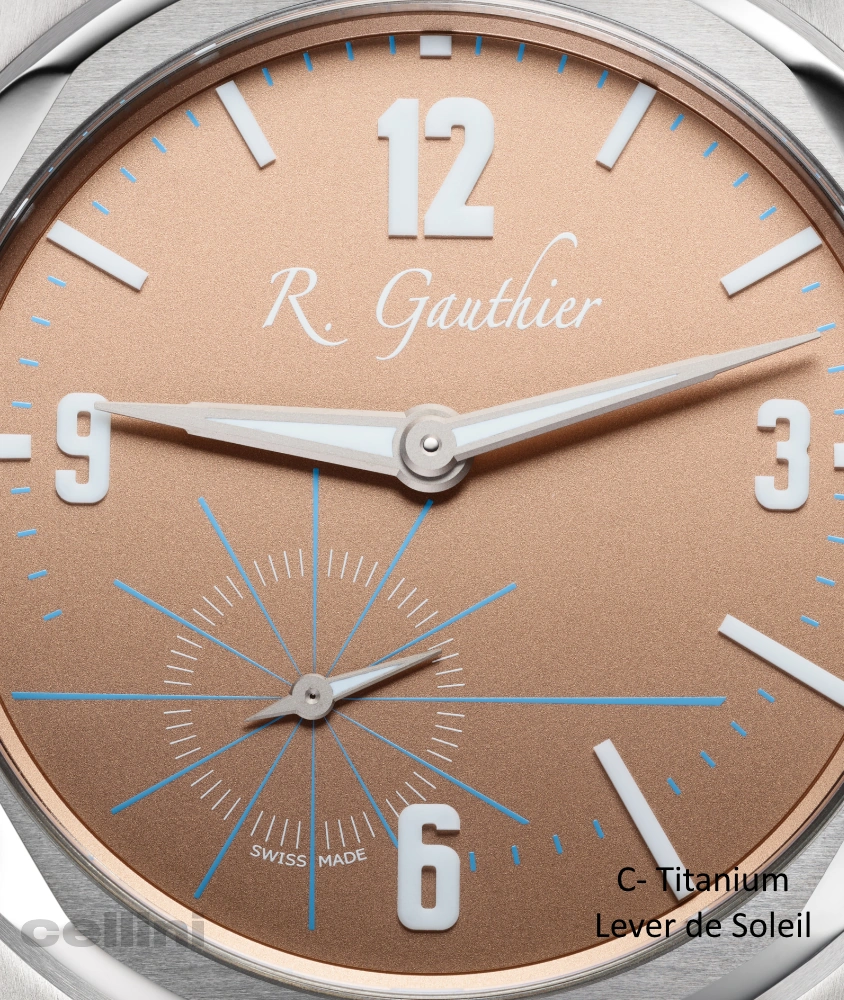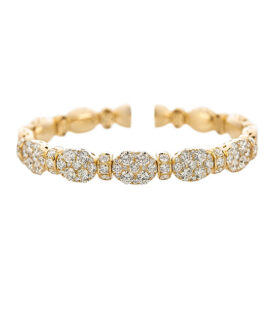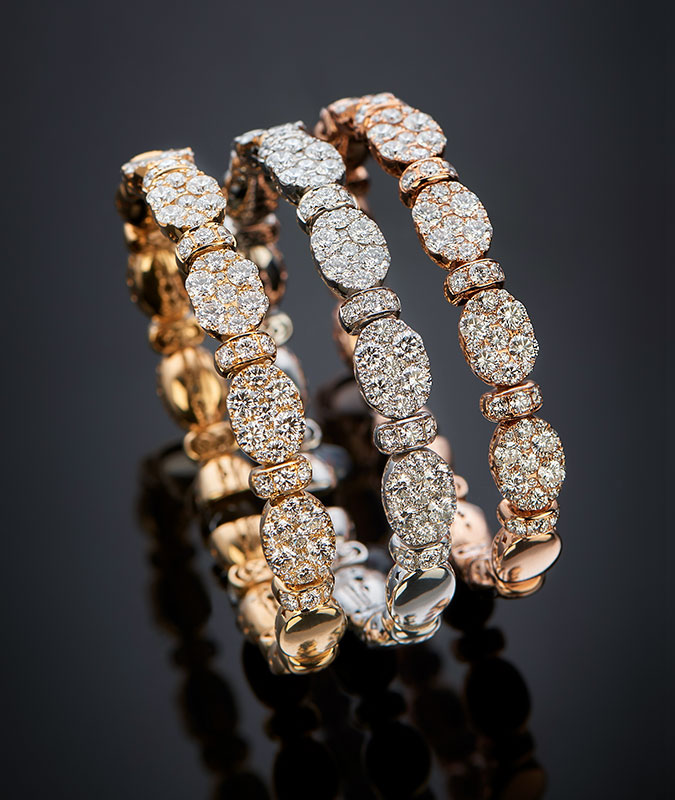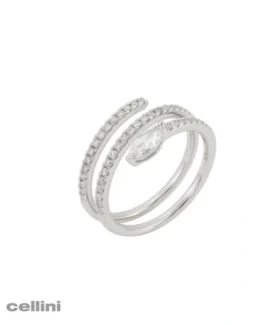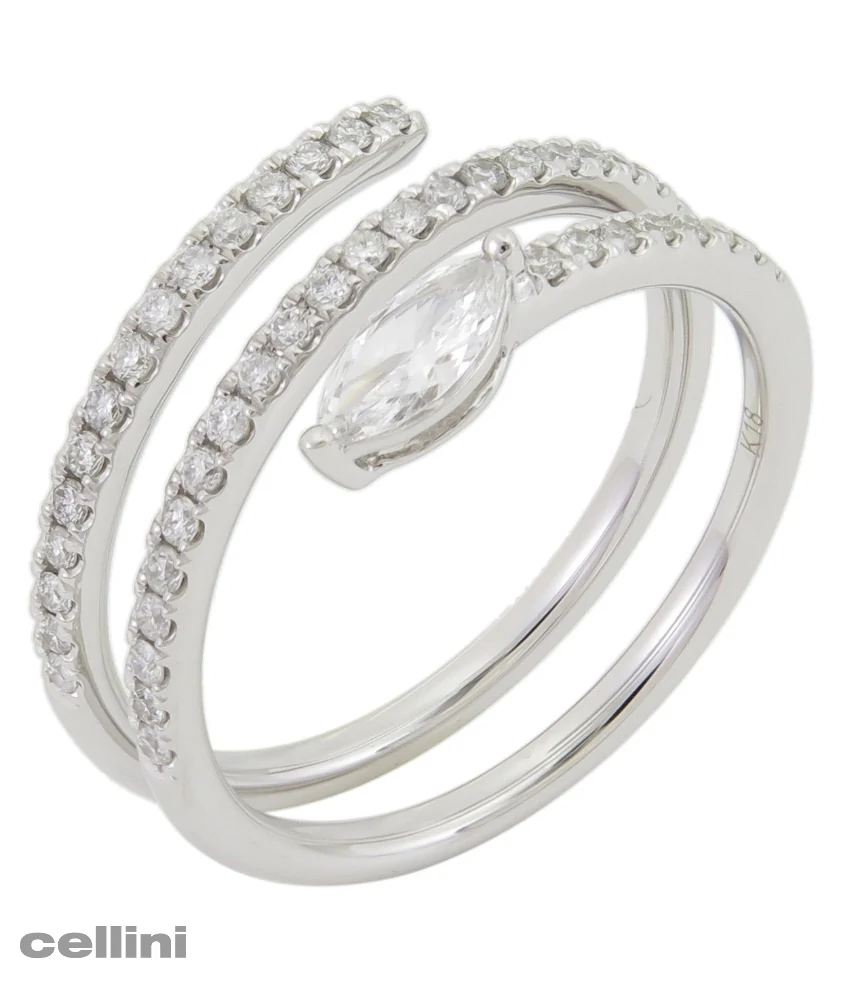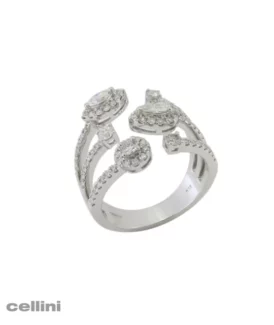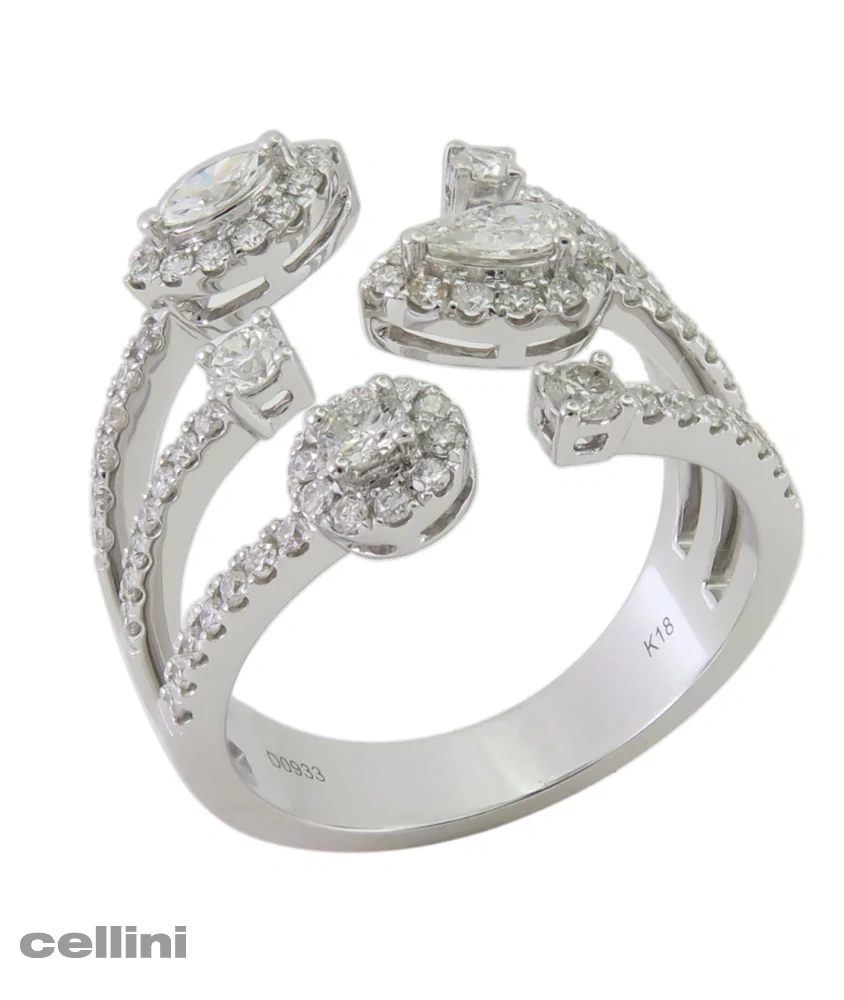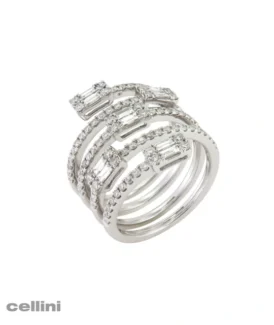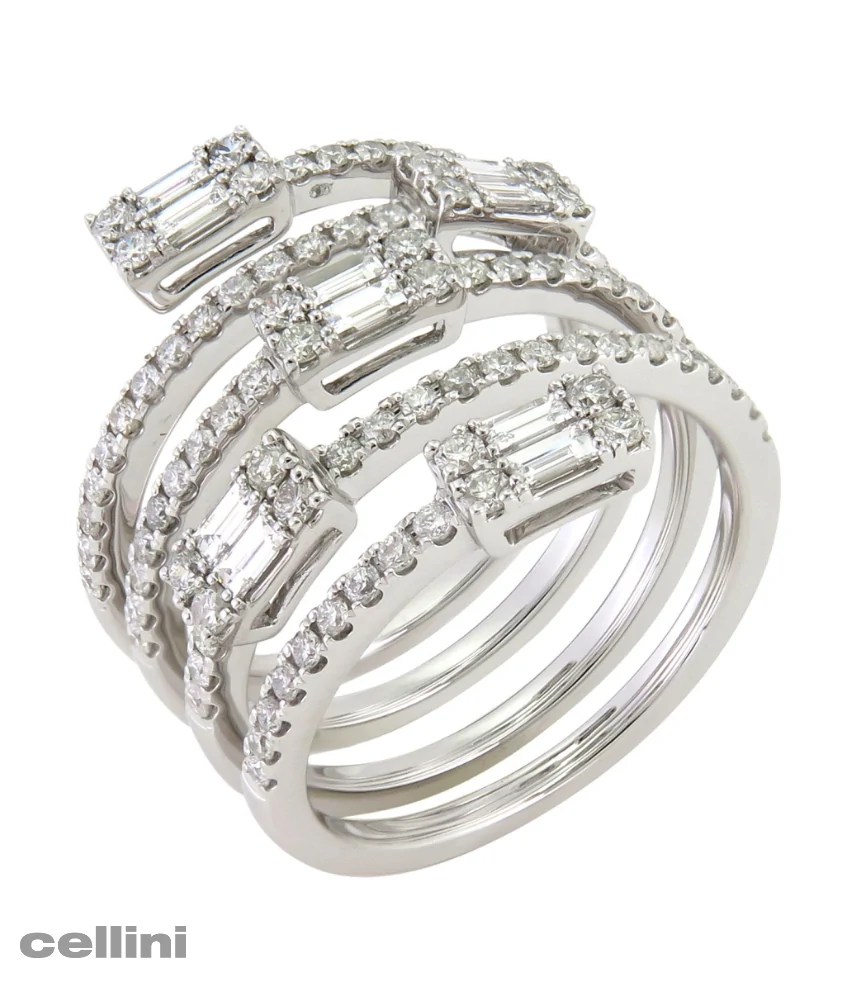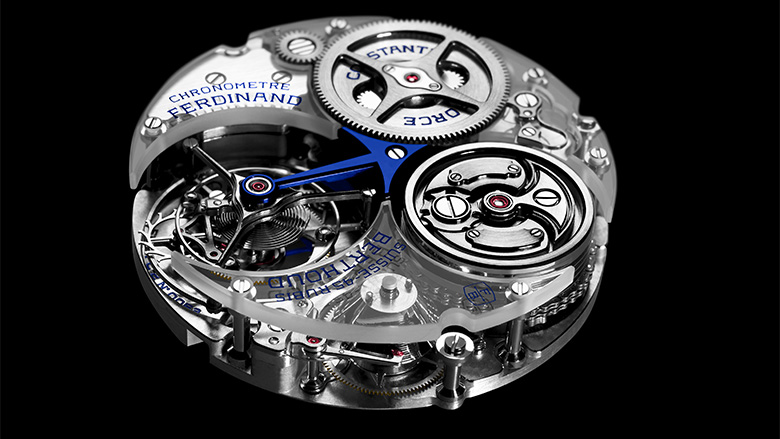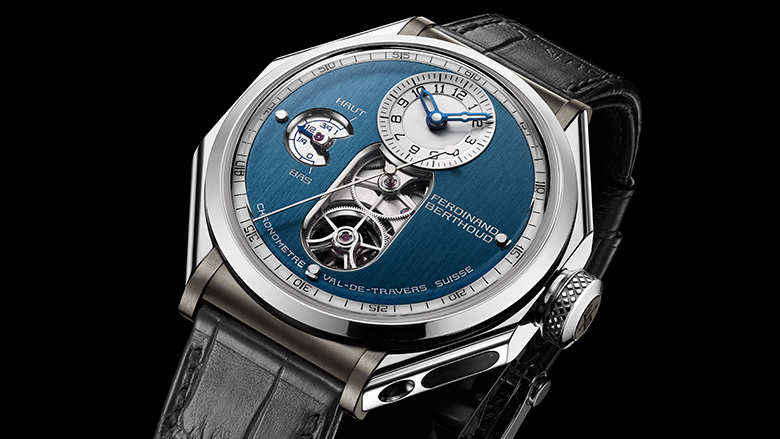
Discover the FB 1.3-1 Sapphire Blue
Step by step, Chronométrie Ferdinand Berthoud is producing all-new variations to its collections as it adds carefully thought-out touches to its timepieces. The new FB 1.3-1 “Sapphire Blue” model is no exception. Comprising just 5 numbered watches, this edition offers a new chromatic harmony, structured around an intense, silky translucent blue dial. Its understated sheen pervades every line and detail of the 44 x 13 mm 950 platinum case, featuring mounted grey ceramic lugs.
The inner workings are also redolent with the magic of this new finishing. Seasoned collectors will appreciate all the detailing that characterizes the exclusive nature of this limited edition: the timepiece has been fitted with the FB-T.FC-2 caliber, featuring chamfered sapphire crystal half-bridges. The arrow-shaped tourbillon bridge is blue-tinted – a finishing achieved by means of Chemical Vapor Deposition (CVD), a process in which thin films are laid down in a vacuum, ensuring high performance over time and preserving all the finesse and details of the finishes. In addition to this coloring, the new blue dial is decorated with fine lines echoing the blue-tinted hours and minutes hands – as well as the indicator hand for the 53-hour power reserve, located at 9 o’clock.
As can be expected, the chronometric properties of the FB 1.3-1 “Sapphire Blue” movement are outstanding. Drawing inspiration from marine chronometers, of which Ferdinand Berthoud was one of the most legendary clockmaker, the FB-T.FC-2 caliber is regulated by a center seconds tourbillon and a fusee and chain constant force mechanism. The barrel and inverted fusee are suspended, and in a patented arrangement, are held in place on just one side. As is usual with fusee and chain mechanisms, the barrel is fitted with a Maltese Cross stop system. This limits the number of winding turns of the mainspring to half a dozen or so, ensuring that only the most stable part of the spring is used; this technique increases the timepiece’s accuracy, as certified by the Official Swiss Chronometer Testing Institute (COSC).
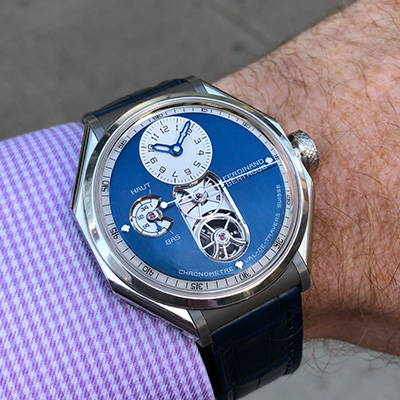
The power reserve indication mechanism on the FB 1.3-1 model is very sophisticated. A truncated cone travels up and down an endless screw connected to the barrel. At the tip of this suspended cone sits a feeler spindle: an arm with a jewel on the end, its position on the cone indicating how wound up the watch is. This feeler spindle is in turn linked to the power reserve hand; the corresponding graduations are engraved on the mainplate and viewed through an opening in the dial. This audacious mechanism, showcased by its sapphire crystal bridges, allows the movement’s power reserve to be indicated with great precision.
The FB 1.3-1 chronometer has also been fitted with a hand-stitched, rolled-edged alligator leather strap, made from a single piece of leather, together with a two-strand adjustable-length PT950 platinum folding safety clasp.
Irrespective of their position and function, all the components have been fully hand-finished using traditional tools in Chronométrie Ferdinand Berthoud’s workshops. To ensure a highly detailed inspection of the finishings, a 6x magnifying glass is used to carry out quality control. At that level of magnification, no detail, however minuscule, can go unnoticed – and no error, flaw, or imperfection is tolerated. Therein lies the ethos of watchmaking excellence so dear to the heart of Chronométrie Ferdinand Berthoud, purveyor of chronometers for explorers.



